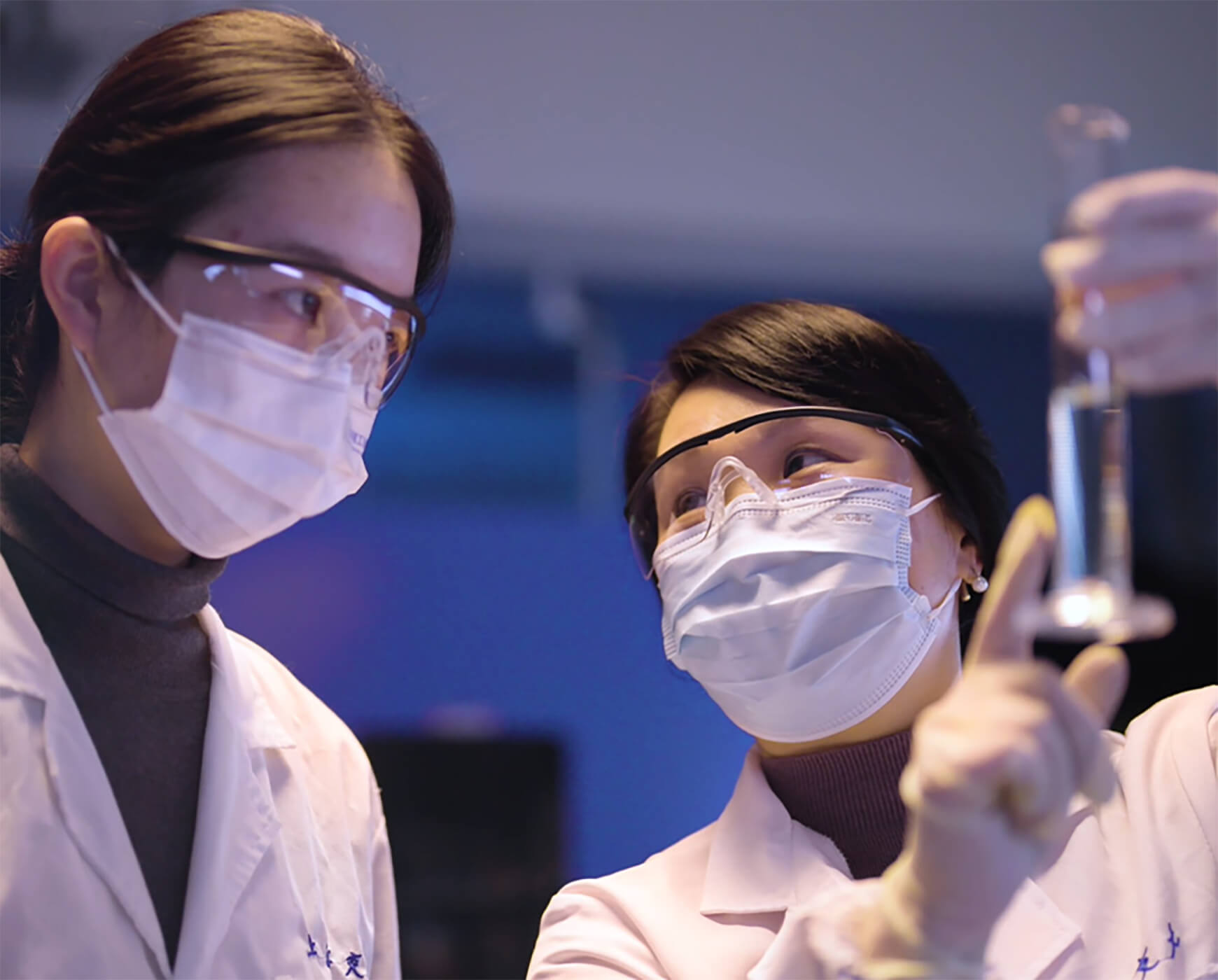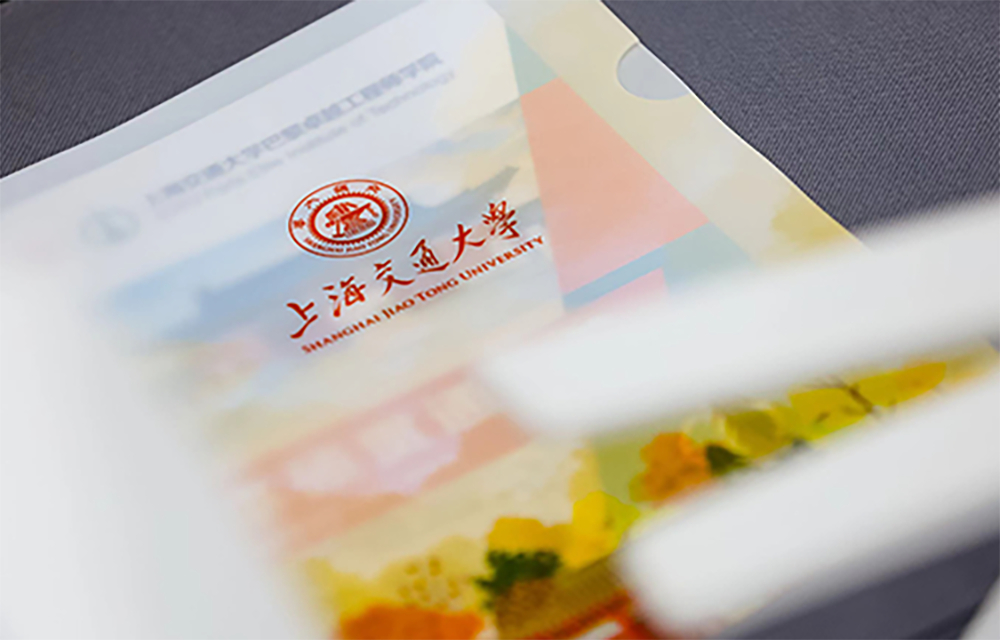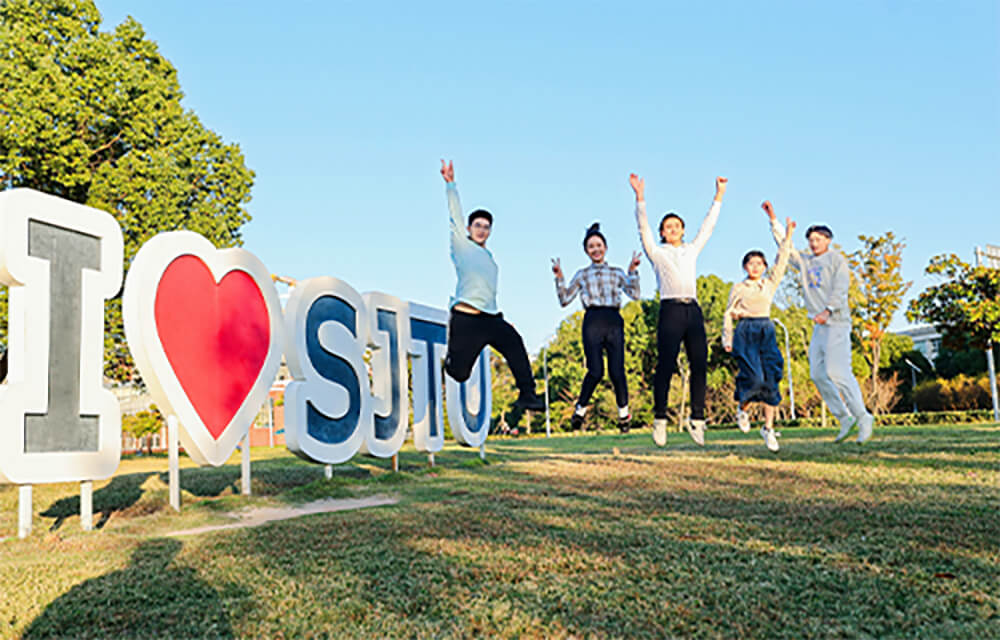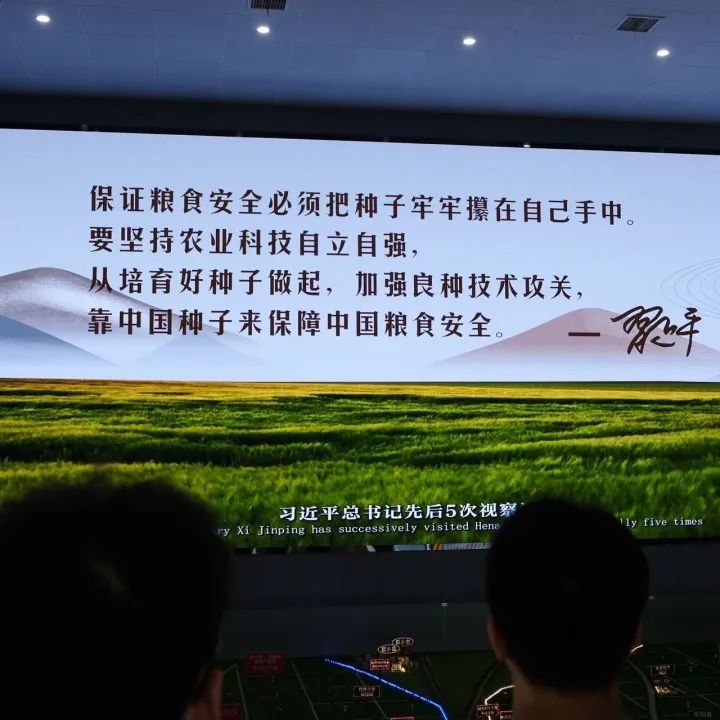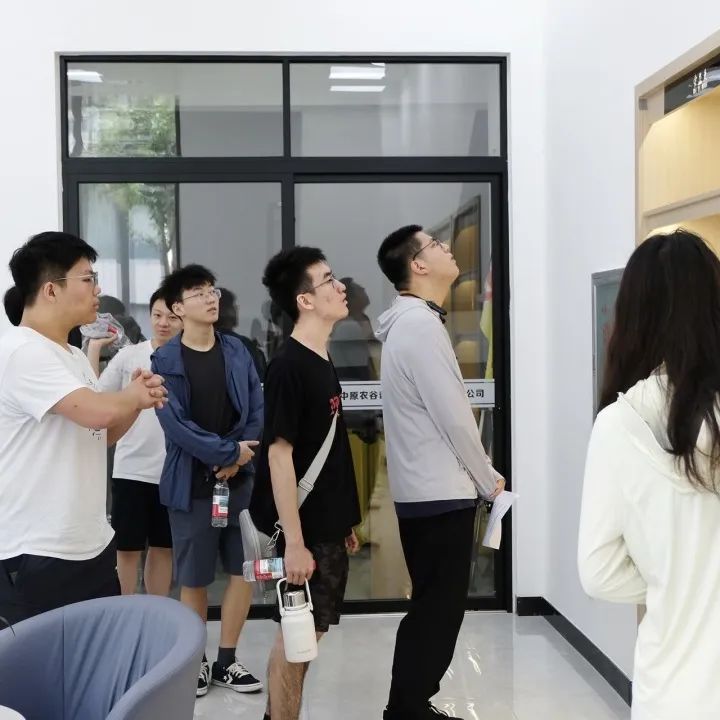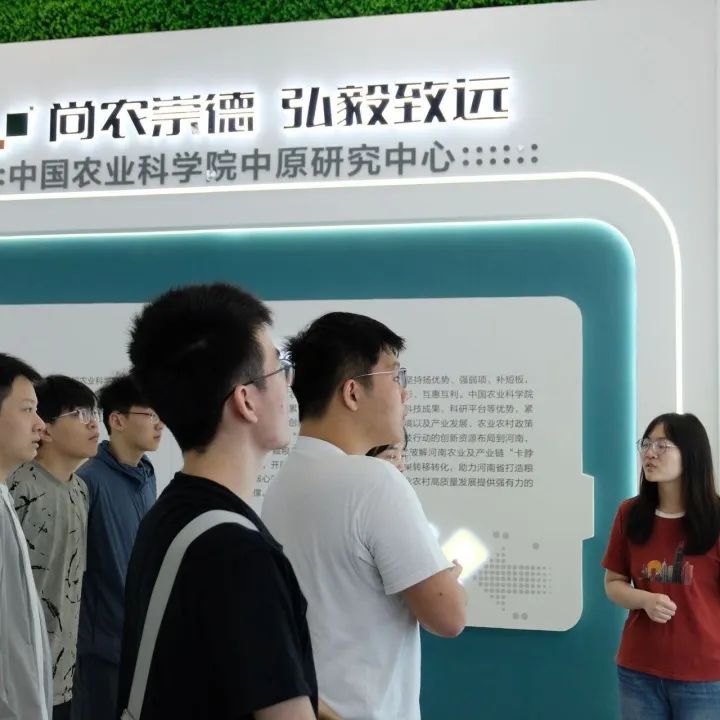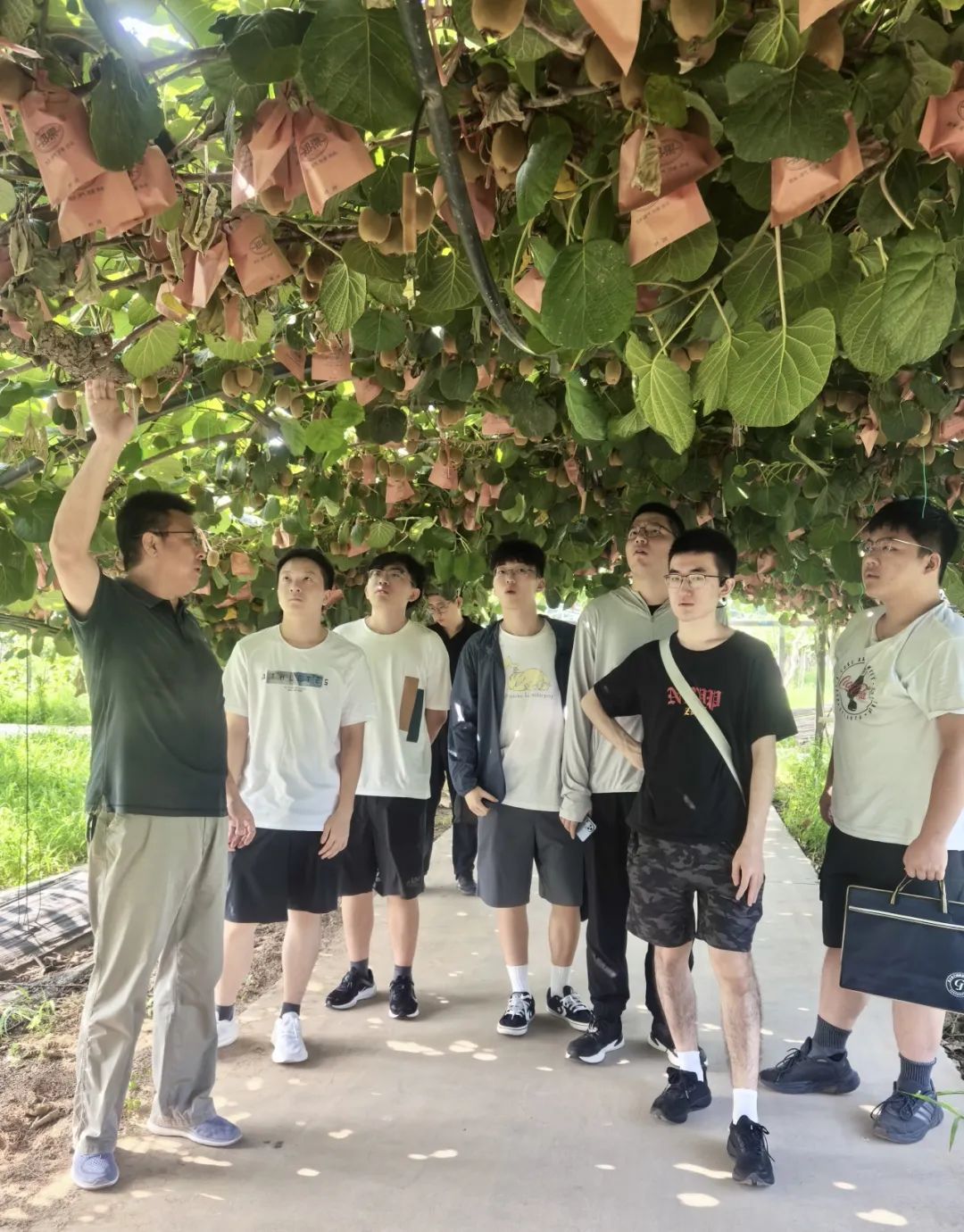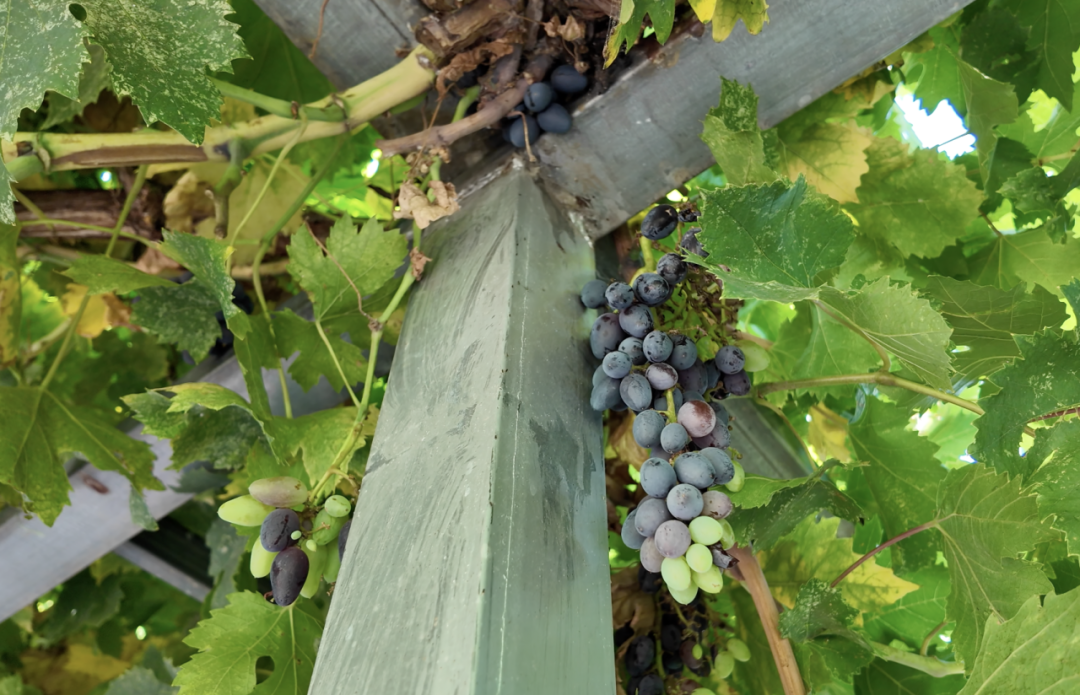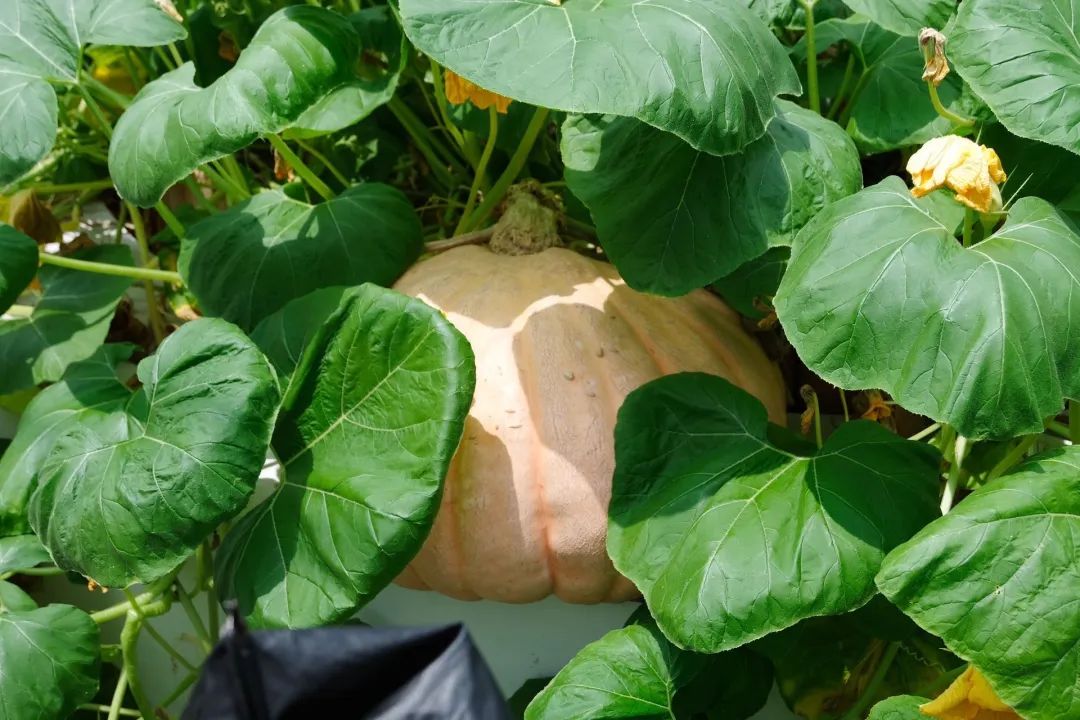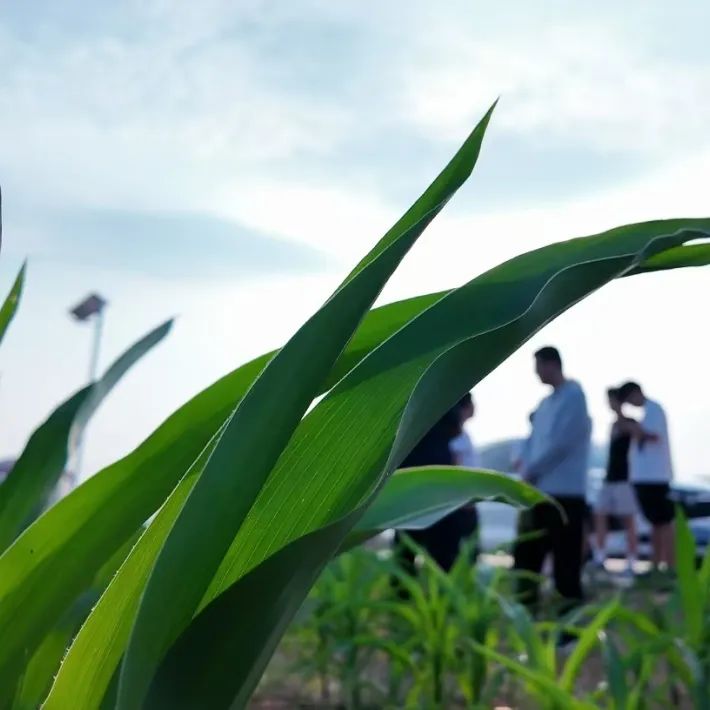



From July 15 to July 20, the SPEIT “Zhongyuan Nonggu” practice team visited Xinxiang, Henan Province, focusing on the theme of “Exploring Zhongyuan Nonggu and Understanding Agricultural Technology.” They conducted on-site research at the China Bio-Breeding Industry Innovation Center, the Chinese Academy of Agricultural Sciences Xinxiang Base and the Zhongyuan Nonggu Exhibition Hall.
12 SPEIT students visited seed laboratories, smart greenhouses, and experimental fields, gaining a systematic understanding of the entire innovation chain from gene editing and variety breeding to market promotion through expert interviews and data collection.
/ July 17 /
The team visited the Xinxiang Experimental Base of the Chinese Academy of Agricultural Sciences. At the fruit and vegetable experimental base, the students discovered that the spaces between the grapevines were not left barren but were intentionally preserved by the research team as “controlled cover crops”—these non-invasive weeds can lower surface temperatures by three degrees Celsius, retain moisture, and prevent sunburn, coexisting with grape roots in a mutually beneficial arrangement, embodying the principle of ecological balance; The kiwifruit experimental field utilized alkaline-tolerant rootstock grafting technology to successfully address the challenge of alkaline Yellow River water, enabling southern varieties to take root in northern regions.
The team then visited the “Earth Eye,” Asia's largest underground monitoring array, where 216 sensors precisely track soil moisture dynamics, showcasing the profound support that engineering expertise provides to agriculture. The students truly felt the weight of the saying, “A single seed can change the world,” and understood the deeper meaning behind the phrase, “Those without passion cannot succeed in agriculture”—breeding often requires the efforts of multiple generations, and youth is the best successor.
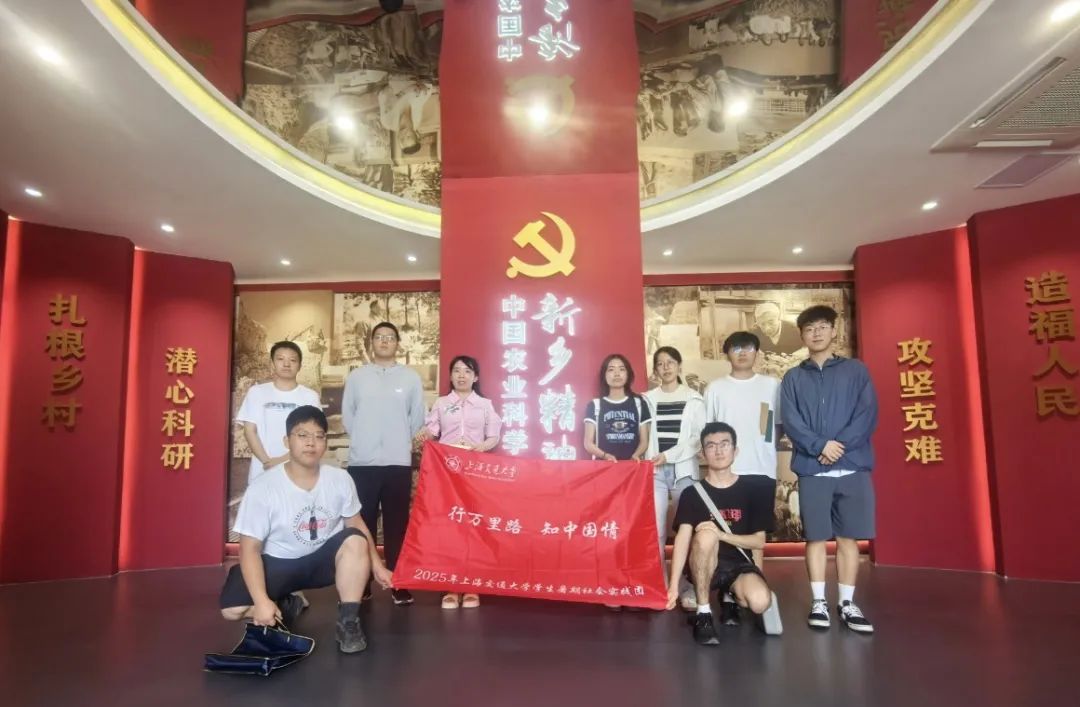
At noon, the team visited the Xinxiang Spirit Exhibition Hall of the Chinese Academy of Agricultural Sciences, touring four exhibition halls to experience the research history of the Chinese Academy of Agricultural Sciences in Xinxiang and the arduous journey of scientists like Qi Zhaosheng and Wang Shouchun who dedicated themselves to rural areas. They conducted experiments in the fields to ensure more people had enough to eat. Everyone came to understand the “rooted, dedicated, pragmatic, and innovative” Xinxiang Spirit—with mud on their feet, there is light in their hearts.
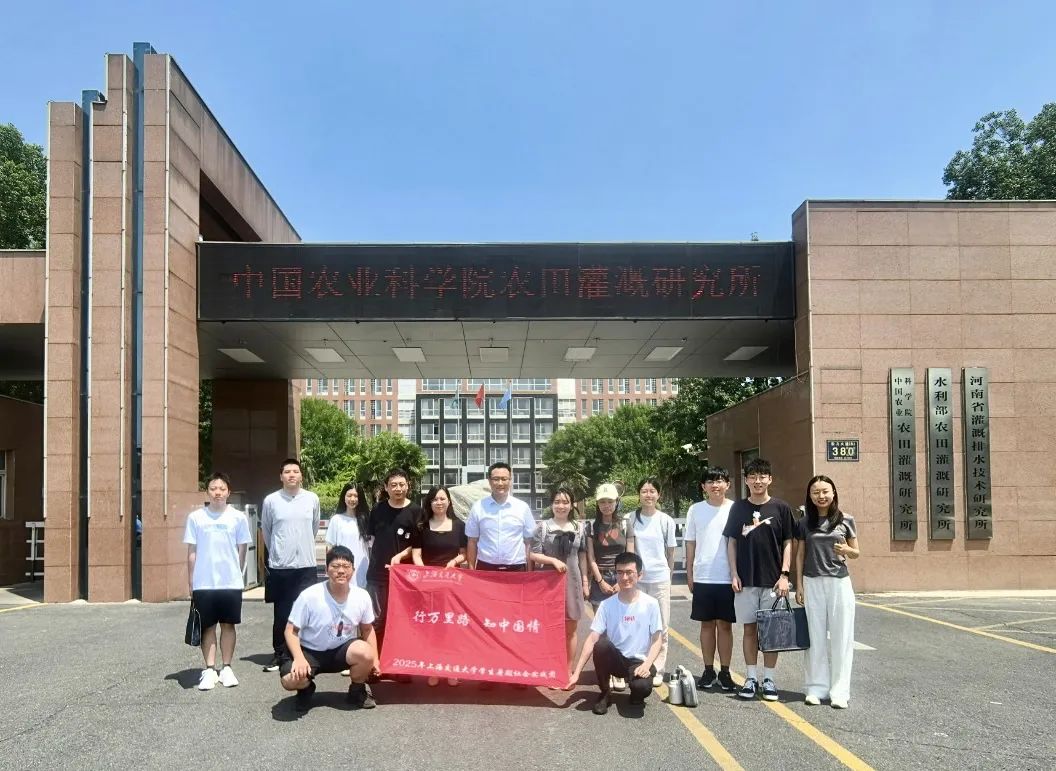
The photo shows the practice team at the Agricultural Science Academy's Agricultural Irrigation Research Institute.
/ July 18 /
The team visited the Xinxiang Ministry of Water Resources Agricultural Irrigation Research Institute, where large-scale sprinkler irrigation systems roared, and drones equipped with thermal imaging technology monitored crop water requirements in real time. Despite their complex structure, drip irrigation networks deliver water and fertilizers evenly to the root zone, while the new generation of retractable sprinkler poles solve the problem of traditional fixed poles obstructing agricultural machinery. Inside the testing center, water-fertilizer integrated machines precisely mix nitrogen, phosphorus, and potassium, completing variable fertilization with a single button; the water-saving laboratory is analyzing Yellow River water and sediment to provide models for regional allocation. At the symposium, experts pointed out that agricultural water use accounts for 60% of the national total, making the development of water-saving agriculture urgent. The non-adequate irrigation team has established a technical system that balances water conservation and high yields, but the traditional notion that “water is priceless while electricity has a price” continues to hinder its promotion.
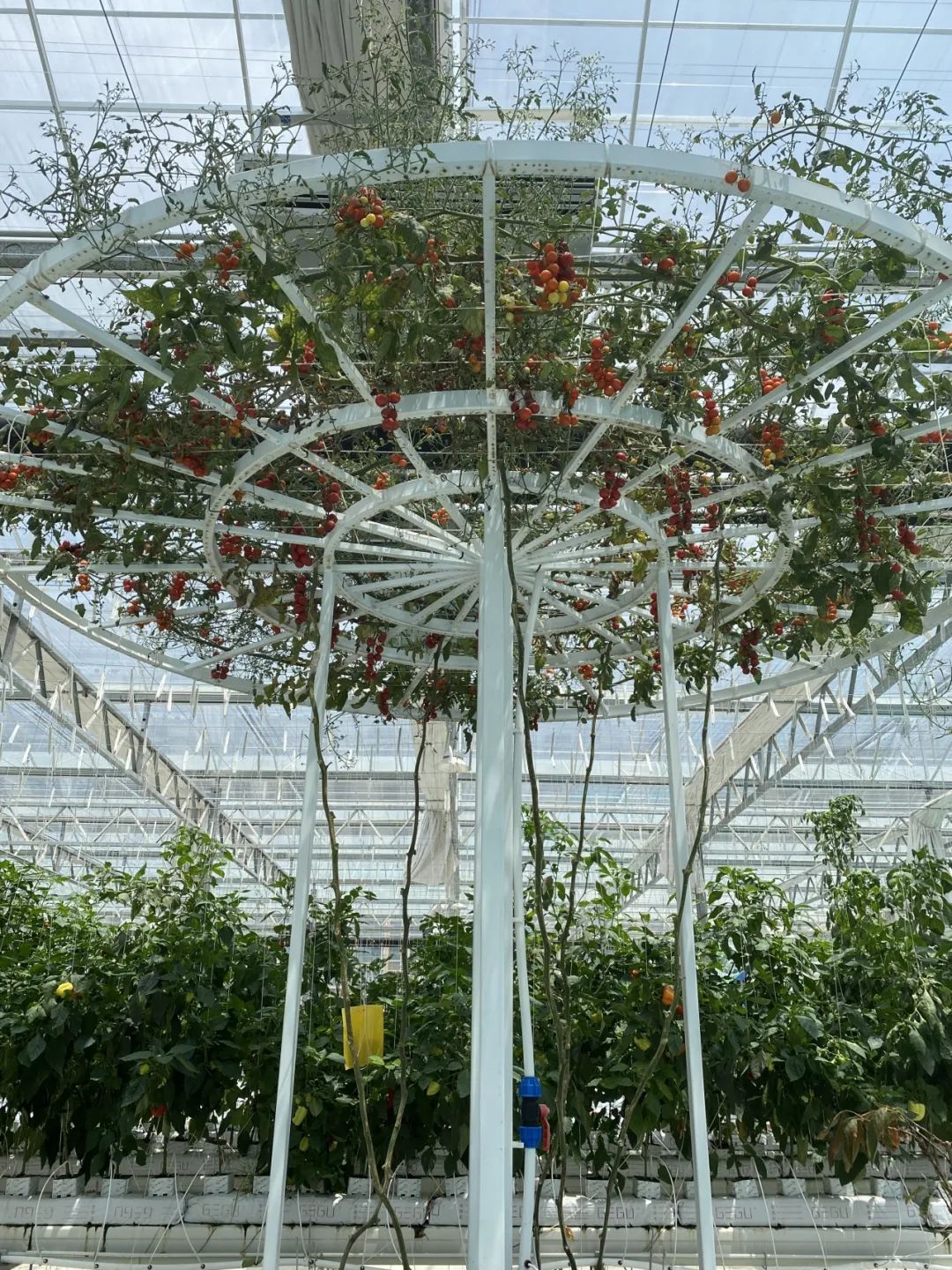



The photo shows the research team surveying high-standard farmland and greenhouses.
/ July 19 /
On July 19, the team visited Xiaji Town in Xinxiang County to conduct a special survey on grain cultivation and rural industries. In the town meeting room, grain farmers, villager representatives, and village officials gathered together. Grain farmers introduced the scale of land transfers, the coverage of high-quality seeds, and changes in agricultural input costs; villager representatives discussed subsidy distribution and agricultural machinery sharing; and village officials provided updates on the progress of high-standard farmland construction and measures to increase collective income.
麦浪起伏,
初心如炬。
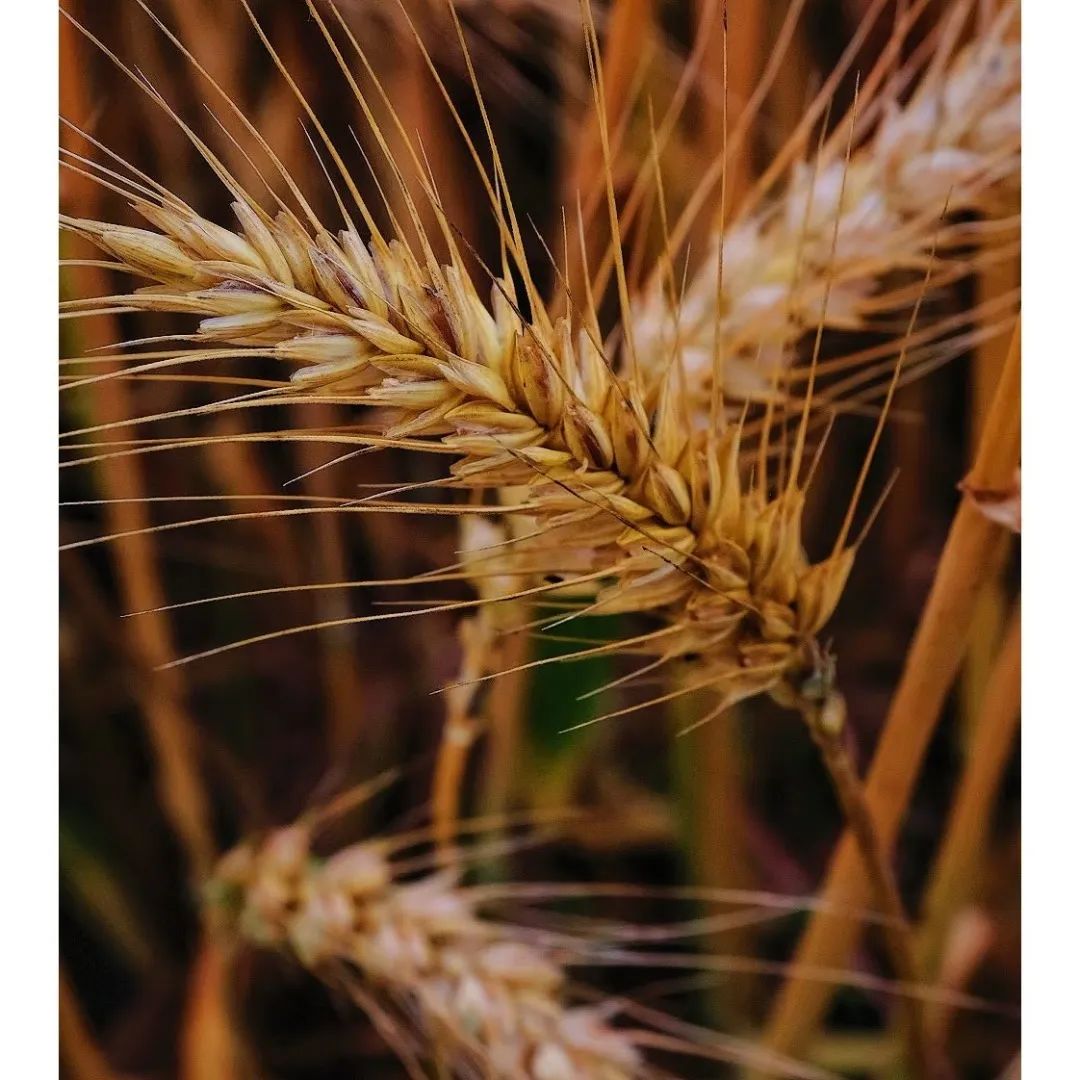
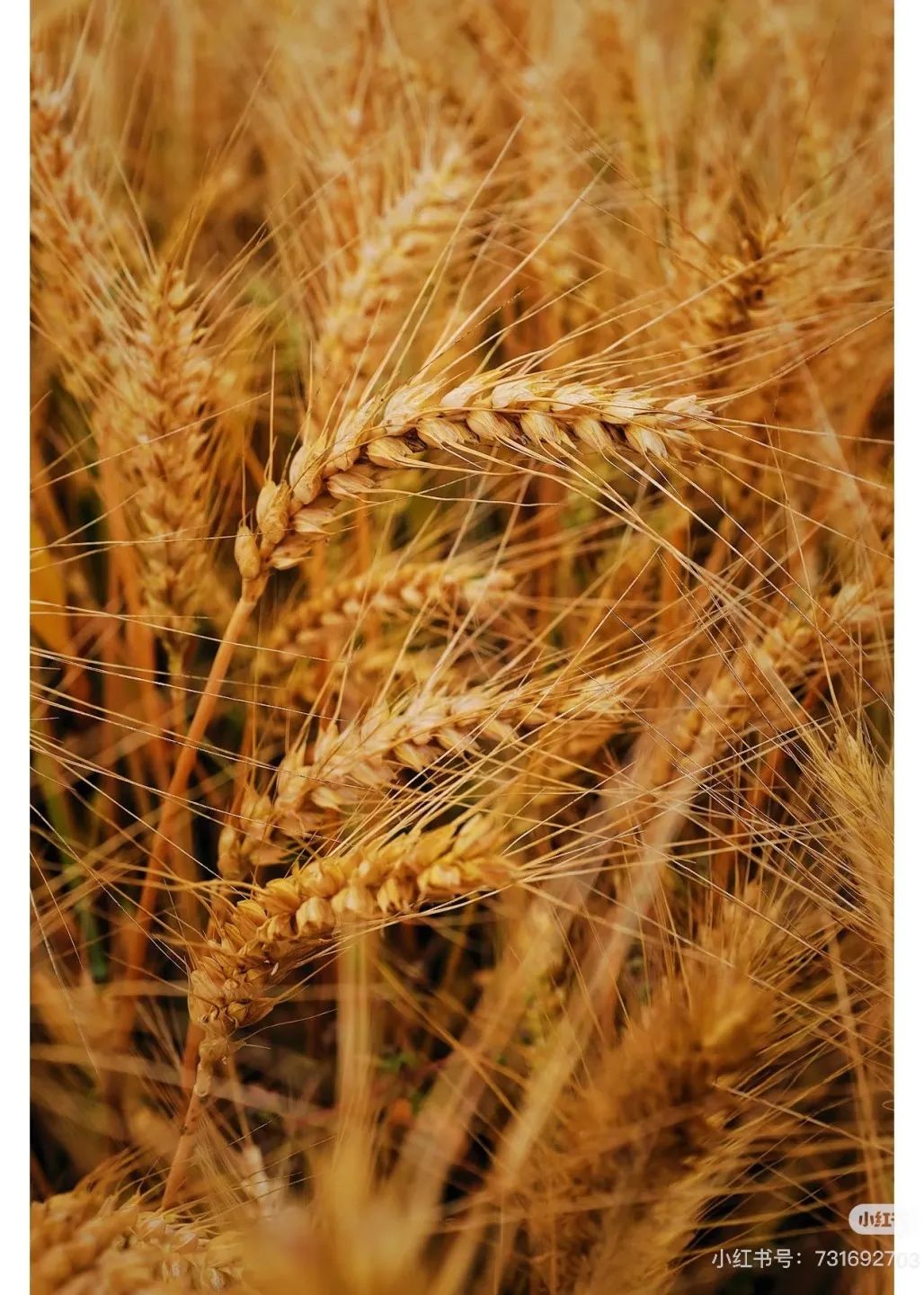
Over the past five days, SPEIT students have come to understand the power of the saying “a single seed can change the world” and the responsibility of “taking control of our own food supply.”
Currently, the team has compiled a 17,000-word research report based on several days of research. The report not only analyzes the local agricultural industry chain, but also proposes solutions to the problems identified in areas such as the commercialization of breeding achievements and the protection of farmers' rights. The report will be submitted to the school for guidance, and it is hoped that it will be piloted in the local area in the future.
Related news reports
Henan Daily: Engineering students head to the fields; Shanghai Jiao Tong University students say they have found the meaning of scientific research in Xinxiang
https://app-api.henandaily.cn/mobile/view/news/469757910545596416545373


